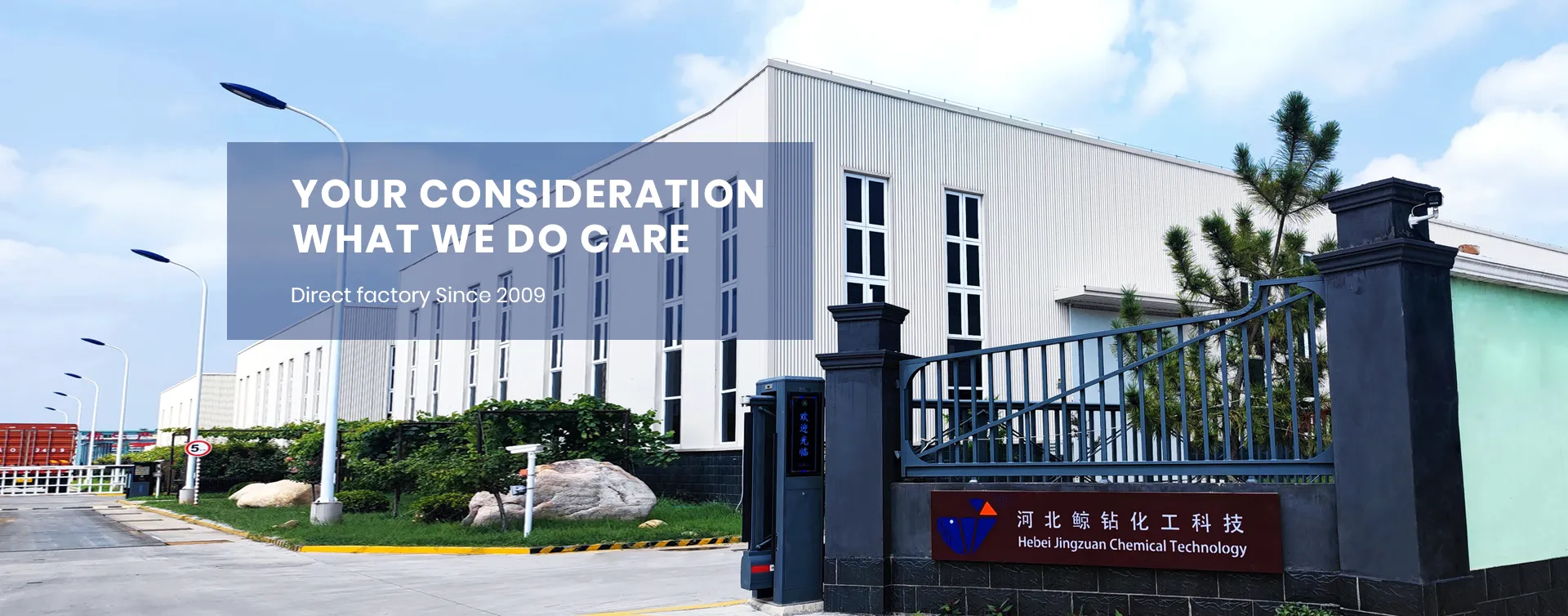
Dec . 18, 2024 23:05 Back to list
hydroxyalkyl cellulose
Understanding Hydroxyalkyl Cellulose Properties, Applications, and Benefits
Hydroxyalkyl cellulose (HAC) represents a crucial class of cellulose ethers that have garnered significant attention in various industrial domains due to their unique properties and versatility. Being a water-soluble polymer derived from natural cellulose, hydroxyalkyl cellulose is primarily utilized for its thickening, binding, and film-forming capabilities. This article aims to explore the characteristics, applications, and benefits of hydroxyalkyl cellulose in modern manufacturing and formulation processes.
Chemical Structure and Properties
Hydroxyalkyl cellulose is synthesized through the etherification of cellulose, typically using reagents such as propylene oxide, ethylene oxide, or their combinations. The resulting structure incorporates hydroxyalkyl groups, which enhance the solubility of cellulose in water, giving it distinctive properties. The degree of substitution (DS) — a measure of the average number of hydroxyalkyl groups attached to the glucose units of cellulose — plays a pivotal role in determining the solubility and viscosity of the resulting product. Typically, the higher the DS, the more water-soluble the hydroxyalkyl cellulose, which can vary in viscosity from low to high depending on the specific formulation.
One of the standout properties of hydroxyalkyl cellulose is its ability to form gels and stabilize emulsions. This makes it an essential ingredient in both food and cosmetic formulations, where consistent texture and stability are crucial. Additionally, hydroxyalkyl cellulose exhibits excellent film-forming abilities, which make it ideal for use in coatings and adhesives.
Applications
The versatility of hydroxyalkyl cellulose allows it to find utility across a myriad of industries
1. Cosmetics and Personal Care Products HAC is widely used in creams, lotions, and gels to enhance texture and provide long-lasting moisturization. Its film-forming properties make it an excellent ingredient in hair care products, shampoos, and conditioners, giving hair a smooth, sleek finish.
hydroxyalkyl cellulose

2. Pharmaceuticals In the pharmaceutical sector, hydroxyalkyl cellulose is employed as a binder and thickener in various formulations, including tablets and topical ointments. Its biocompatibility and hydrophilic nature help in achieving controlled drug release, thereby improving therapeutic efficacy.
3. Food Industry In food processing, HAC is used as a thickening agent, stabilizer, and emulsifier, contributing to the texture and consistency of various products such as sauces, dressings, and dairy items. Its application ensures that the food products remain appealing and maintain quality over time.
4. Construction In the construction industry, hydroxyalkyl cellulose is utilized as an additive in cement and mortar formulations. It enhances workability, improves water retention, and prevents cracking in hardened structures, thus contributing to the longevity of construction materials.
5. Pulp and Paper Industry Due to its adhesive properties, hydroxyalkyl cellulose is also applied in the pulp and paper industry, where it aids in the coating of paper products, improving surface finish and printability.
Benefits
The employment of hydroxyalkyl cellulose in various formulations offers numerous advantages. Its non-toxic nature and biodegradability make it environmentally friendly, aligning with the growing trend towards sustainability in product development. Furthermore, its ability to retain moisture enhances the performance of personal care products, while its functional versatility allows manufacturers to create multi-purpose formulations that cater to consumer needs.
In conclusion, hydroxyalkyl cellulose stands out as a multifunctional polymer with diverse applications across several industries. Its unique properties, including solubility, thickening, and binding capabilities, make it an indispensable ingredient in modern formulation science. As industries continue to innovate, the potential of hydroxyalkyl cellulose will undoubtedly expand, paving the way for new applications and enhanced product performance.
-
Versatile Hpmc Uses in Different Industries
NewsJun.19,2025
-
Redispersible Powder's Role in Enhancing Durability of Construction Products
NewsJun.19,2025
-
Hydroxyethyl Cellulose Applications Driving Green Industrial Processes
NewsJun.19,2025
-
Exploring Different Redispersible Polymer Powder
NewsJun.19,2025
-
Choosing the Right Mortar Bonding Agent
NewsJun.19,2025
-
Applications and Significance of China Hpmc in Modern Industries
NewsJun.19,2025







